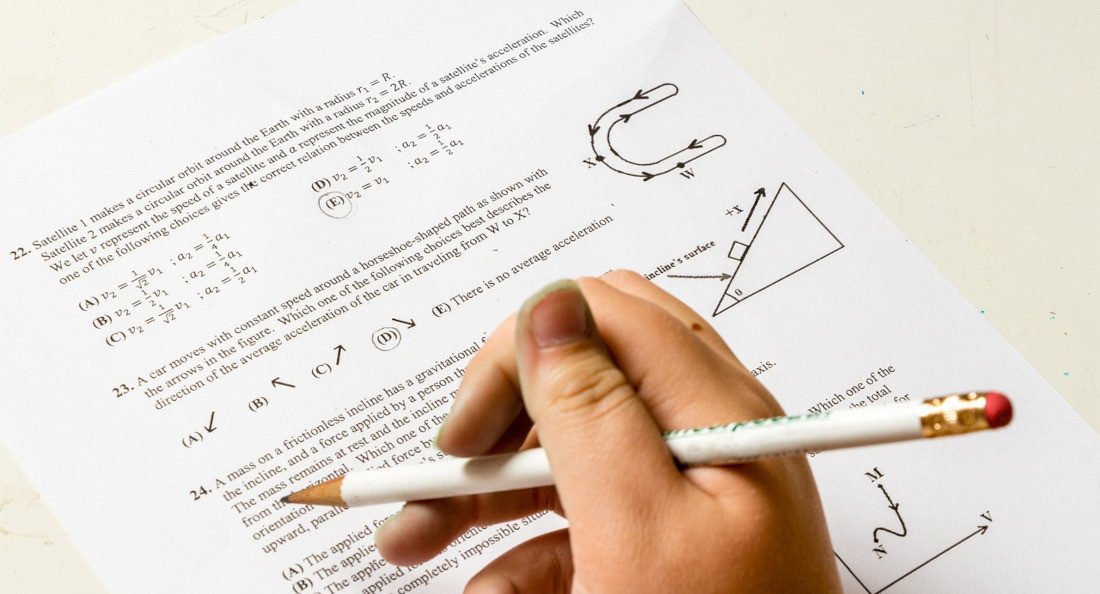Solving a tricky math problem
Grade-school, post-secondary students struggle with math literacy globally
Canadian students’ math scores are steadily declining, something University of Winnipeg (U of W) professors say is concerning.
Recent results from the Programme for International Student Assessment (PISA), which measures global reading, mathematics and science scores of 15-year-olds, has dropped by 15 points in Canada since 2018.
Some academics say the poor ratings were caused by the COVID-19 pandemic, but U of W mathematics professor Anna Stokke says scores have been on a downward trend since 2003 or earlier.
“Our students deserve a solid math education,” she says. “Math is more important than ever.”
Stokke says a lack of foundational math skills can hold students back and affect their math abilities throughout their lives.
Canadian math curricula changed in 2006 to focus more on group work and less on building foundational skills, which Stokke says could have impacted the national scores.
Foundational math skills include basic operations like addition, subtraction, division, multiplication and calculating fractions and percentages.
“Math is the foundation for really important careers for our economy like careers in technology, artificial intelligence, data science, economics, engineering and the STEM fields,” she says. “We need to pay attention to it, if not just because we owe it to students, but also because our economy depends on it.”
Without these skills, post-secondary students are struggling in a variety of courses, not just math.
Rob Anderson, a U of W biology associate professor, says it’s frustrating and disheartening because he doesn’t have the time in his courses to go back and help students catch up on the skills they’re lacking from high school.
“The problem in biology, of course, is that life itself is quantitative,” he says. “Animals don’t sit and do sums or calculate their probabilities of living through the next 10 minutes, but their nervous system effectively does that kind of thing all the time.”
He says an unacceptable percentage of biologists and people in other career fields struggle to understand basic math operations when they should be able to complete them rather quickly and efficiently.
“These are intellectually elite people and the folks that should be the problem-solvers for the future, but they’ve never actually learned to solve problems at a basic level,” Anderson says.
Since the turn of the century, the percentage of students performing at the lowest level of math has doubled, while those at the highest level have halved, according to PISA.
Students’ test results are sorted into a category between level one and six. The lowest level is a score of 233, where the highest level is 669 points.
Students in Manitoba scored 528 in numeracy on the test in 2003, but that number dropped to 470 in 2022. Twenty-nine percent of students are performing below level 2.
The same study shows that Manitoba, Newfoundland and Labrador, Nova Scotia and New Brunswick experienced the largest drops in math scores in Canada, dipping below the national average of 497 points.
Both Stokke and Anderson agree that the “old way” of learning math works best for students, such as memorizing times tables and slowly building skills through repetition.
Stokke hopes to see a change in grade-school curriculums to improve math throughout Canada and put educational funding toward programs that are evidence-based.
“If students don’t get a really strong foundation early on, it will just affect them all the way through,” she says.
Published in Volume 78, Number 13 of The Uniter (January 10, 2024)







